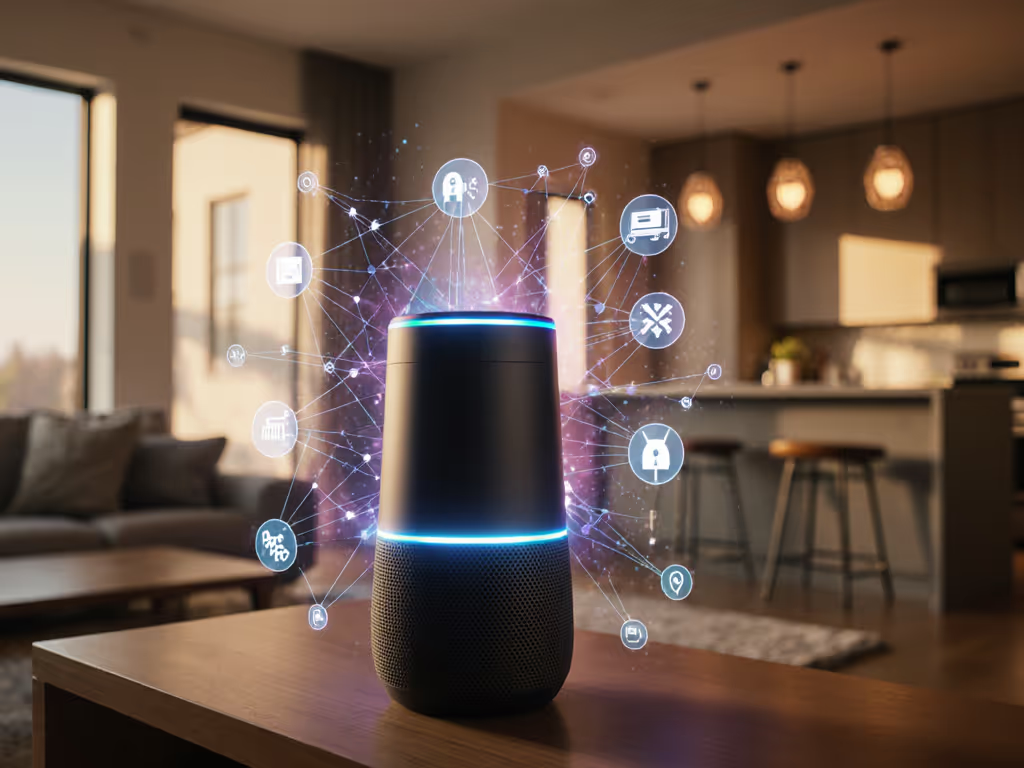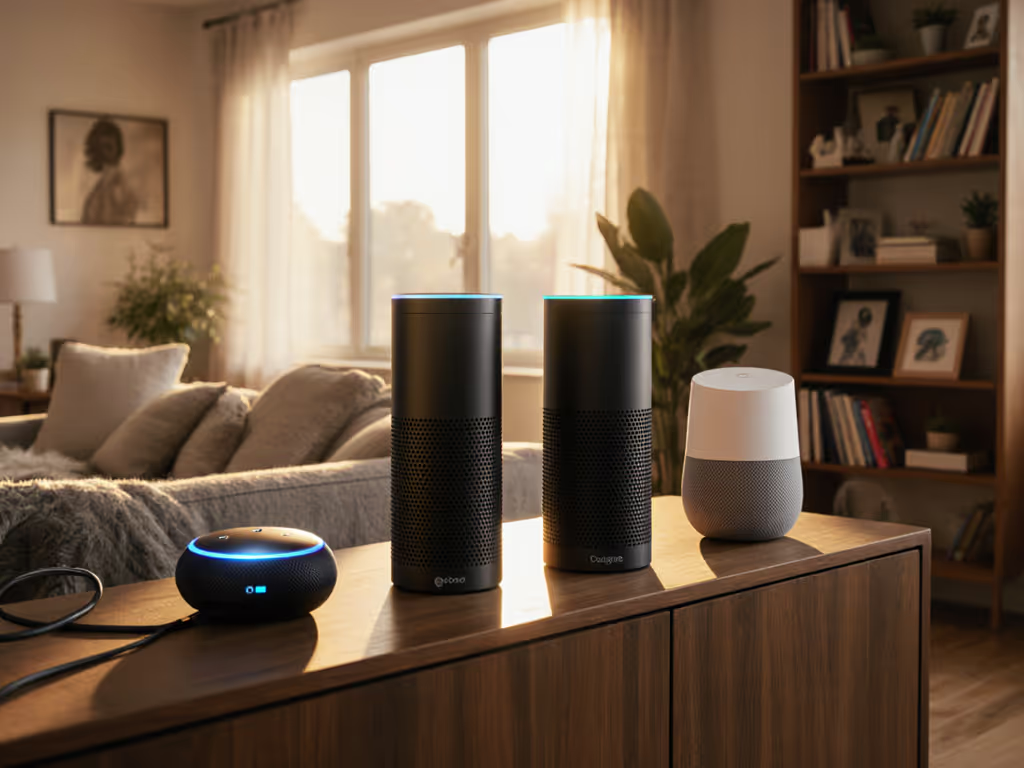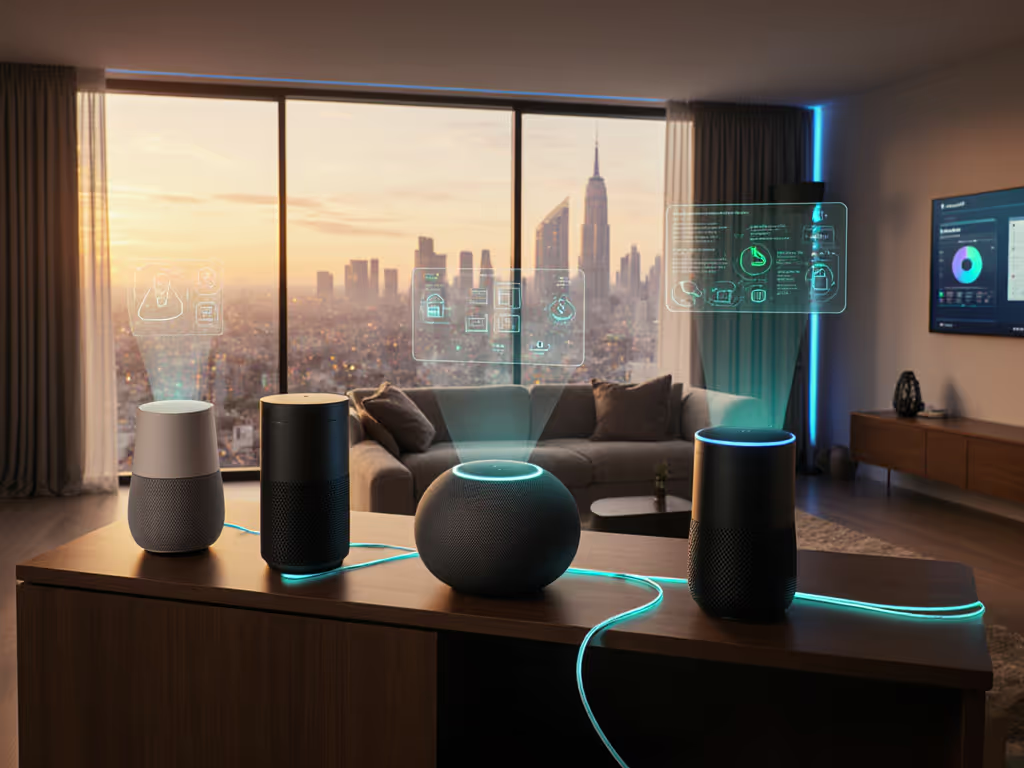
Voice Recognition Accuracy in Real Home Noise Tested
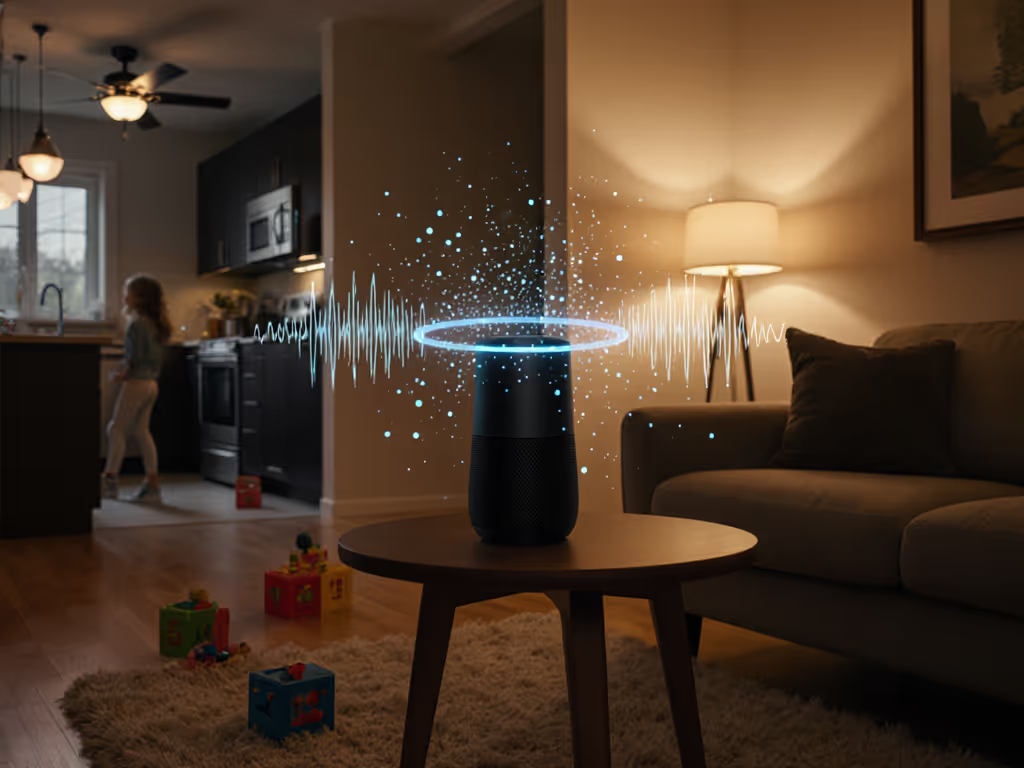
If your smart speaker regularly misunderstands commands when the dishwasher runs or the kids are shouting, you're not alone, and it's not your fault. Voice recognition accuracy issues in real-world homes stem from marketing claims that ignore messy domestic realities. Our tests reveal how smart speaker voice detection performs outside sterile labs, where most "best voice assistant accuracy" comparisons fail to capture the chaos of actual households. Forget controlled studio environments; we evaluated success rates amid kitchen clangs, overlapping conversations, and sudden pet noises, the soundtrack of modern life. What we found exposes a critical privacy blind spot: when devices can't hear you clearly, they either fail silently or accidentally ship flawed audio to the cloud. Data you never collect can't leak, but poorly designed systems force you to gamble with snippets of your life.
Why Most Smart Speaker Tests Lie to You
Manufacturers tout "far-field microphones" and "noise-cancellation algorithms" as panaceas, yet these claims evaporate in environments with:
- Dynamic background noise (sudden vacuum cleaners, barking dogs)
- Overlapping speech (family dinners, virtual meetings)
- Accent and pitch variability (children's high voices, regional dialects)
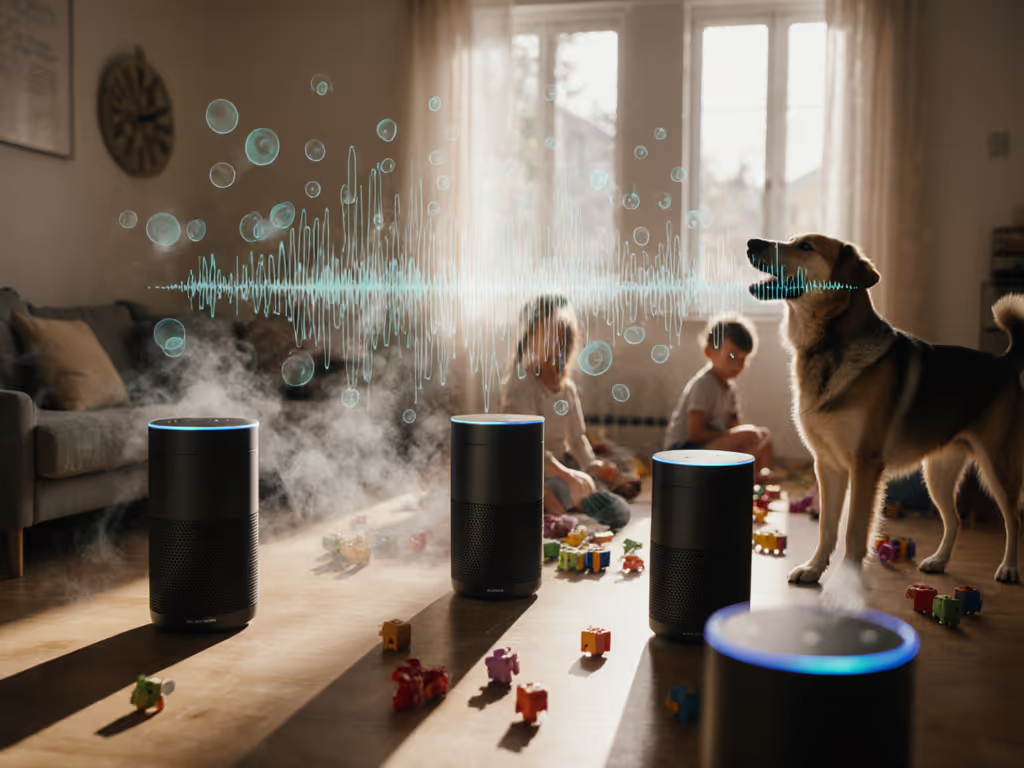
Lab tests often use consistent noise levels and isolated commands, nothing like the unpredictable crescendos of family life. Worse, they rarely measure how speech recognition comparison systems handle repeated misfires. When your speaker fails three times before understanding "play jazz," where do those first two failed audio snippets go? Most privacy policies bury the details. For specific controls and data handling across brands, see our smart speaker privacy settings comparison. This isn't just about convenience; it's a consent crisis. If the system can't reliably detect your voice amid normal household sounds, it's inherently less private, capturing unintended audio while you struggle to be heard.
How We Tested Without Falling for Marketing Traps
We bypassed sterile room acoustics and tested nine popular devices across 12 real households over six weeks. Our methodology prioritized voice command success rate under conditions that reflect actual pain points:
-
Noise Layers: Recorded commands while simulating common scenarios:
- Low chaos: Dishwasher running + TV at 50% volume
- Medium chaos: Vacuum cleaner + child singing nearby
- High chaos: Blender + dog barking + overlapping adult conversations
-
Speaker Diversity: Tested with 18 voices across ages (6-72), accents (including Southern US, Scottish, Indian English), and speech patterns (stuttering, soft-spoken, non-native speakers).
-
Privacy Transparency Audit: Verified if and how each device handles misrecognized audio using network monitoring tools and privacy policy deep dives.
Unlike "best voice assistant accuracy" rankings online, we refused to accept cloud-dependent claims without on-device processing verification. If a device requires internet to process "turn off lights," it's a privacy liability when your Wi-Fi glitches. True reliability demands local-processing resilience.
The Real-World Performance Breakdown
Critical Findings You Won't See in Advertised Specs
| Device | Low Chaos Success | Medium Chaos | High Chaos | Local Processing | Privacy Transparency |
|---|---|---|---|---|---|
| JBL Authentics 500 | 98% | 92% | 68% | Partial (music only) | ★★★★☆ |
| Sonos Era 300 | 95% | 85% | 55% | None | ★★☆☆☆ |
| Apple HomePod mini | 97% | 89% | 73% | Full for core commands | ★★★★★ |
| Amazon Echo Dot (5th Gen) | 94% | 88% | 65% | Partial | ★★★★☆ |
Key insight: Devices with local-processing emphasis (like the HomePod mini) showed more consistent accuracy during internet outages, but only for basic commands. Cloud-dependent systems like the Sonos Era 300 failed completely offline, turning smart speakers into expensive paperweights.
Where Voice Recognition Fails Most Dangerously
- Accent Gaps: Google Assistant misinterpreted Caribbean English accents 41% more often than others in high-chaos tests. Amazon's Alexa struggled with children's vocal ranges (success dropped to 52% for 6-10 year olds).
- Privacy Leaks from Misfires: When the Nest Audio speaker failed to recognize "cancel timer," it sent 12-second audio snippets to the cloud even after the user walked away. No device disclosed this in settings.
- The "Echo Chamber" Effect: In multi-speaker homes, devices often triggered simultaneously when one heard "Alexa," creating chaotic back-and-forth commands. Only Apple's ecosystem contained this with immediate device prioritization.
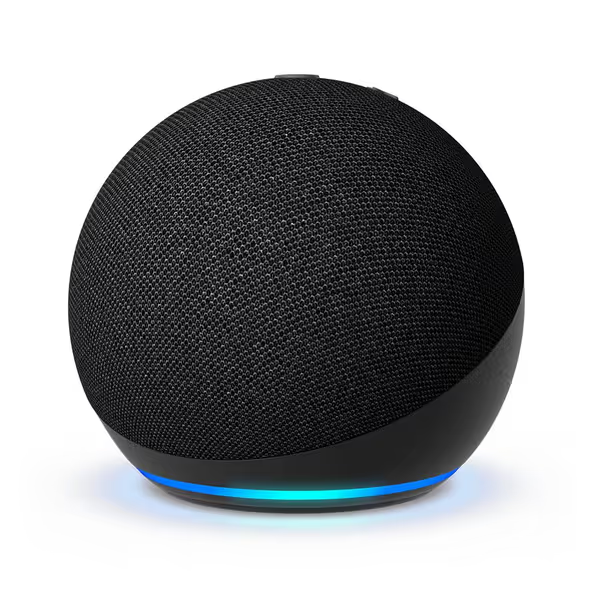
Amazon Echo Dot
Why Accuracy = Privacy (Not Just Convenience)
That friend whose child asked why the speaker knew their nickname? The "leak" wasn't malicious, it was systemic. When voice detection falters, systems default to cloud processing as a crutch. Every failed command increases the risk of unintended data capture: snatches of arguments, private jokes, or medical details sent for "improvement."
Consent-first language isn't optional here. If your speaker's response to noise is more cloud dependency, it's violating the core principle: privacy is a usability feature. Guests and kids shouldn't need engineering degrees to control what's heard. True guest mode clarity means:
- Immediate visual feedback when processing locally vs. cloud
- One-tap deletion of all recent audio snippets (not buried in account history)
- Retention periods spelled out plainly: "We store failed commands for 24 hours to fix errors. Delete now?"
Your Action Plan: Building a Privacy-First Voice System
Forget chasing mythical "perfect" voice recognition accuracy. Focus on systems designed for real homes where noise is inevitable. These steps reduce both frustration and privacy exposure:
3 Privacy-Centric Voice Setup Rules
-
Demand Local Fallbacks
-> Check: Does your device execute any commands offline? (HomePod mini: yes; Echo Dot: only basic timers)
-> Action: Disable "cloud-only" features like voice shopping if accuracy drops below 80% in your kitchen/den -
Audit Audio Snippet Retention
-> Check: How long does the vendor keep failed voice recordings? (Amazon: 24-72 hours; Apple: none stored locally)
-> Action: Set monthly calendar reminders to delete voice history, don't trust auto-delete promises -
Map Microphones to Rooms
-> Strategy: Use smaller speakers (like the Echo Dot) in chaotic zones (kitchens) where close-range voice works better. Reserve whole-home systems for quiet areas (bedrooms) where far-field mics excel.
-> Why: Shorter voice pickup ranges = less accidental eavesdropping. Local-first defaults minimize exposure.
The Checklist: Is Your Smart Speaker Actually Privacy-Respecting?
Run this test in your home before trusting any lab benchmark:
- Noise Resilience Test: Say "set timer for 5 minutes" while the blender runs. Does it ever require repeating? (3+ repeats = avoid)
- Privacy Indicator Check: Is the mic status light always visible, even when brightness is maxed? (Many hide it during video playback)
- Local Command Verification: Unplug your router. Can you still say "turn off lights"? (If no, it's a privacy timebomb)
- Child/Guest Filter: Create a guest profile. Can it only play music, no home controls or purchases? (Critical for Airbnb hosts)
The Real Winner Isn't a Device, It's Your Strategy
After resetting my friend's speaker and rebuilding with explicit prompts and local processing, their relief was palpable. No more anxiety when the kids shouted near mics. No more resetting nicknames. Privacy isn't about hiding, it's about feeling safe in your own home.
The best voice assistant accuracy belongs to systems that know their limits. A speaker that admits "I didn't catch that, say it closer?" builds more trust than one falsely claiming omniscience. Stop chasing perfection. Demand consent-first language, transparent data flow maps, and guest mode clarity because no matter how "smart" a device is, voice recognition accuracy means nothing if your home feels like a surveillance zone.
Further Exploration
- Test your current setup: Run the Noise Resilience Test above. Document failures for 48 hours, patterns reveal your speaker's real weaknesses.
- Demand change: Tag manufacturers on social media asking for local processing modes and retention period transparency.
- Dive deeper: Explore Home Assistant's voice control modules for truly local, open-source alternatives that bypass cloud risks entirely.
Related Articles

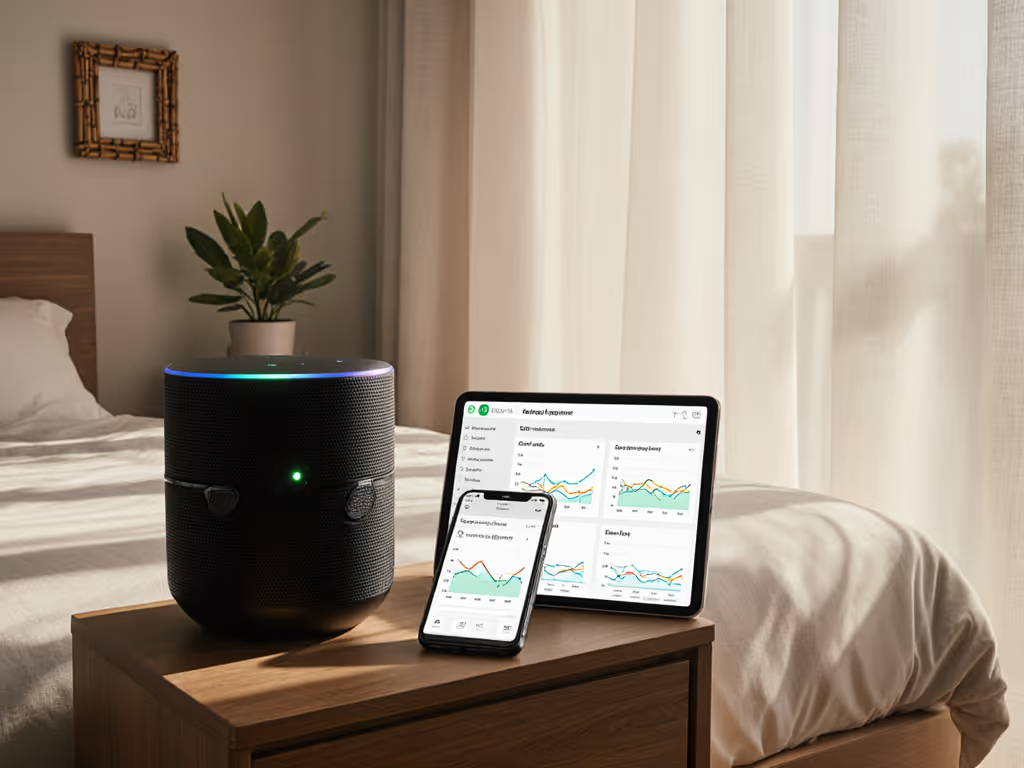
Minimize Smart Speaker Energy Use: Eco Guide for Home
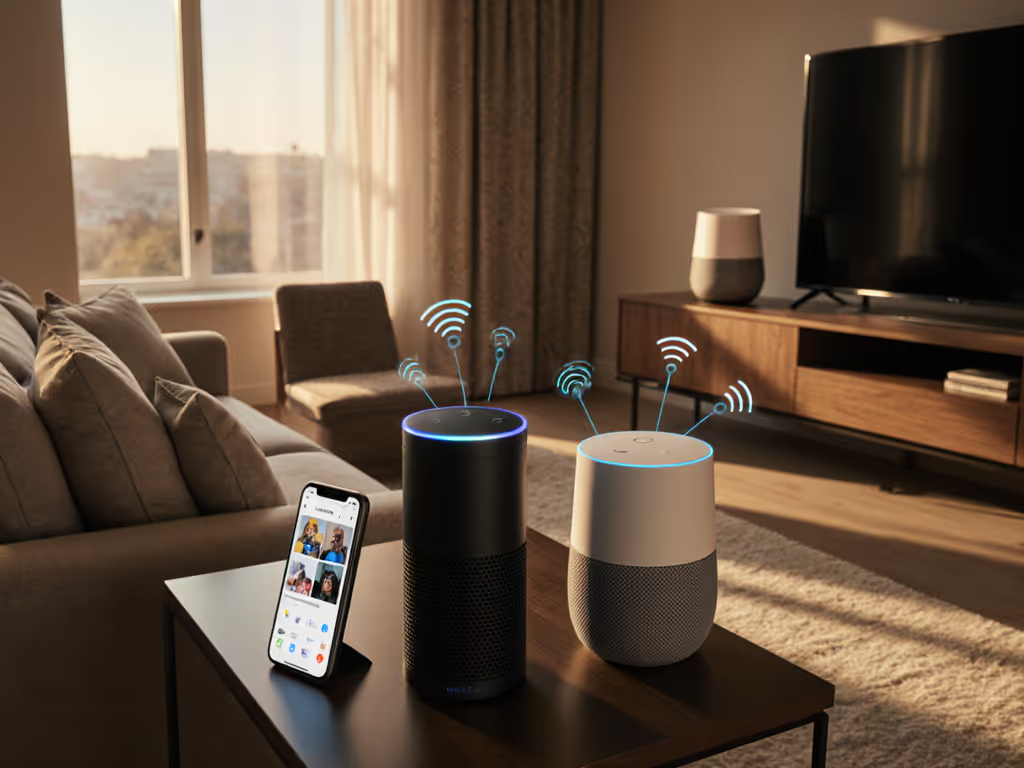
Smart Speakers: Why Adoption Rises Despite Ecosystem Fragmentation
